El peine de Xtabay, un exótico fruto tropical / The Xtabay comb, an exotic tropical fruit
Hello hivers. Next to my building there is a large plot of land with a lot of vegetation that has gradually taken over the immense house in ruins that is there, the owners moved to another city so it has become a home for birds, bats, cats, insects and of course, many species of plants, bushes and trees that have been growing alone. Years ago there was only the mango tree, since they were in charge of pruning and keeping the land clean, but since they moved, nature grows freely and the mango tree has plenty of company hahaha.
Desde hace como cuatro años ha ido creciendo una planta que desde el principio llamó mi atención por la forma de sus frutos así que se las quiero presentar.
For about four years now, a plant has been growing that caught my attention from the beginning because of the shape of its fruits, so I want to introduce it to you.
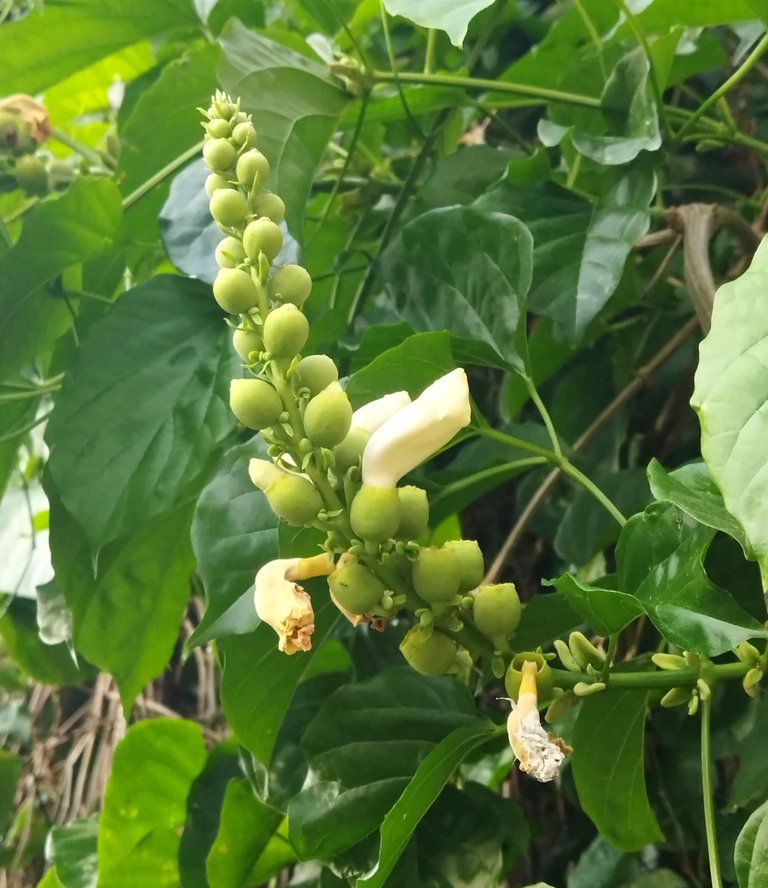
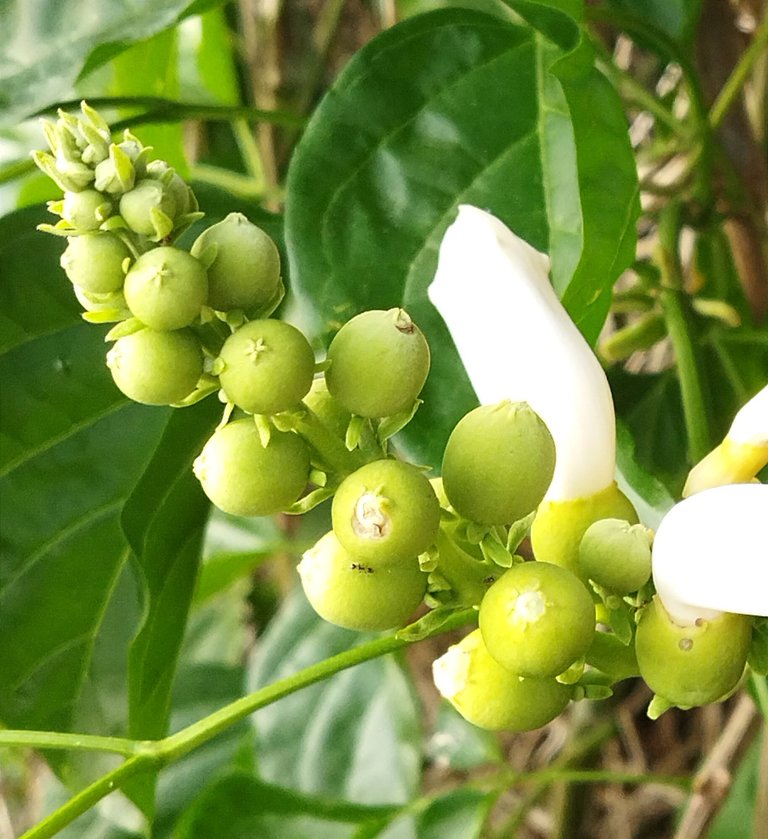
Esta planta es conocida en Venezuela con varios nombres, entre ellos, bejuco de canoíta, lengua de vaca, peine de mono, corneta, etc, sin embargo su nombre científico es Amphilophium crucigerum, es una enredadera trepadora de tallo grueso y leñoso nativa de las bosques tropicales que están desde México hasta suramérica, usa los árboles como soporte para llegar hasta la cima y así poder recibir los rayos del sol. La que está aquí al lado de mi edificio está usando el árbol de mango como soporte.
This plant is known in Venezuela by several names, including canoíta vine, cow tongue, monkey comb, cornet, etc., however its scientific name is Amphilophium crucigerum, it is a native climbing vine with a thick, woody stem of the tropical forests that are from Mexico to South America, she uses the trees as support to reach the top and thus be able to receive the sun's rays. The one here next to my building is using the mango tree as support.
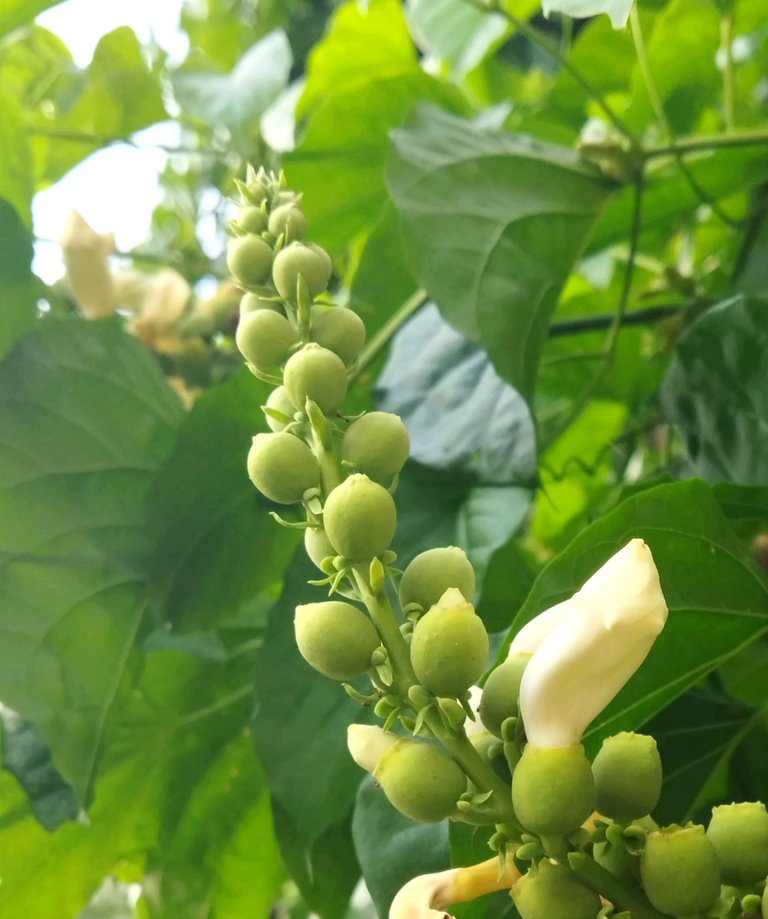
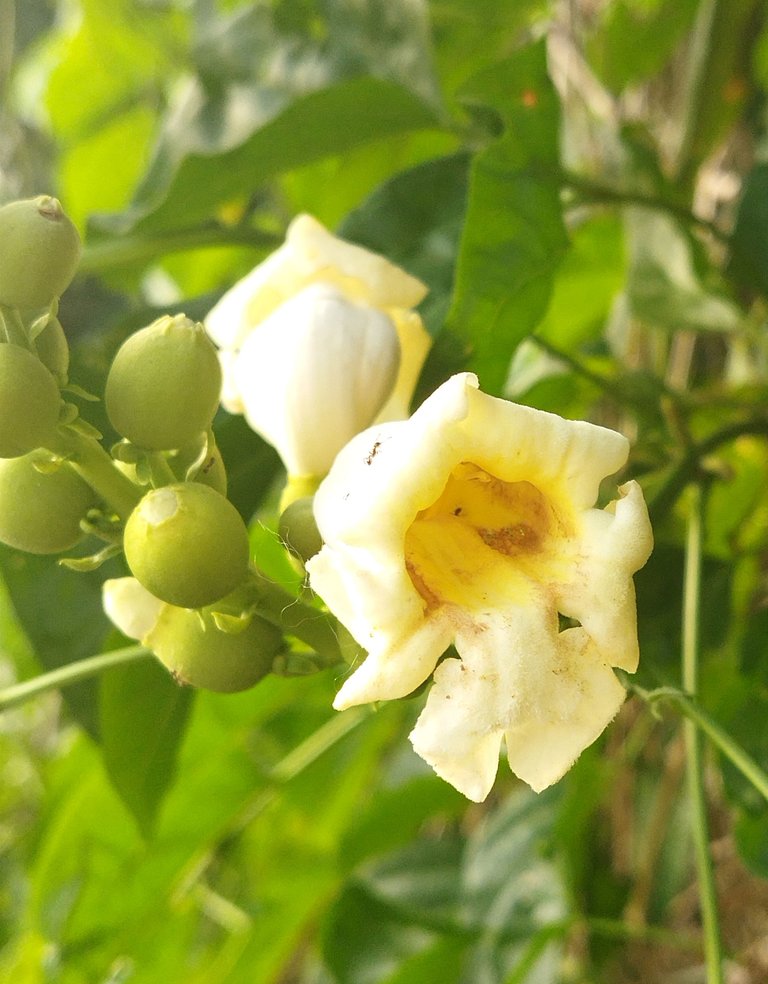
Los antiguos mayas le decían Peine de Xtabay, obviamente por su forma de peine jajaja. Según cuenta la leyenda, Xtabay era una hermosa mujer indígena de larga cabellera negra que aparecía donde había ceibas (el árbol sagrado de los mayas), y seducía a los hombres desprevenidos gracias a sus atributos y su figura escultural para luego matarlos. La leyenda asegura que Xtabay usaba el fruto de esta enredadera para peinar su cabellera y gracias a sus propiedades, lo mantenía hermoso, brillante y abundante.
The ancient Mayans called it Comb of Xtabay, obviously because of its comb shape hahaha. According to legend, Xtabay was a beautiful indigenous woman with long black hair who appeared where there were ceibas (the sacred tree of the Mayans), and seduced unsuspecting men thanks to her attributes and her sculptural figure and then killed them. Legend claims that Xtabay used the fruit of this vine to comb her hair and thanks to its properties, she kept it beautiful, shiny and abundant.
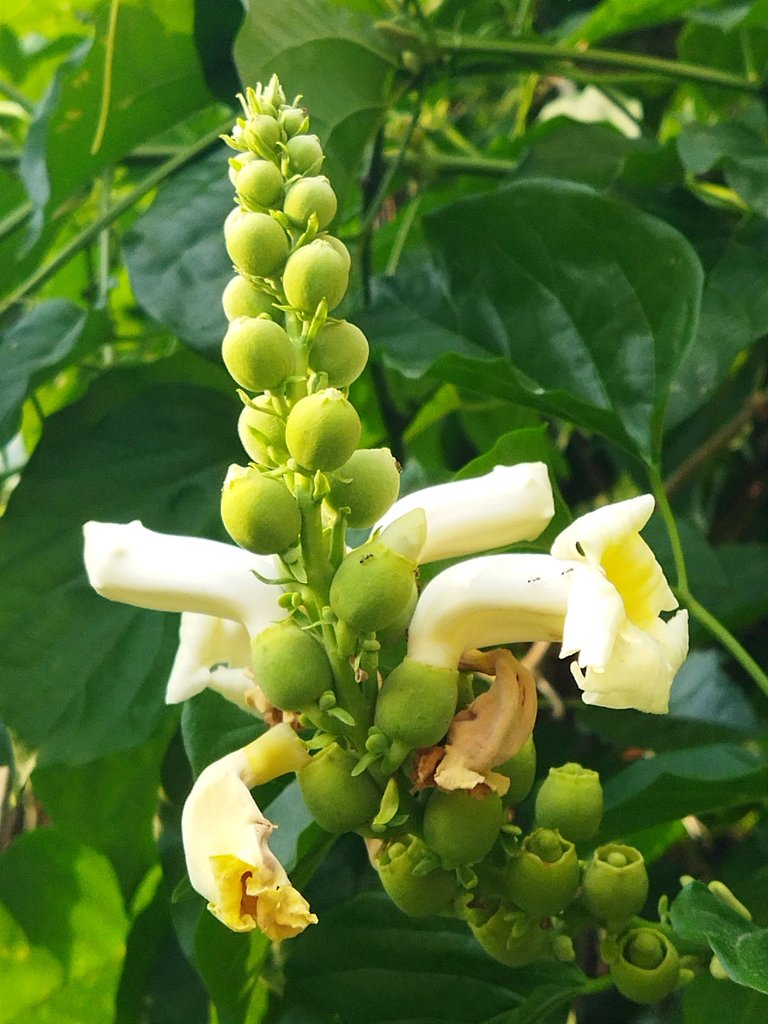
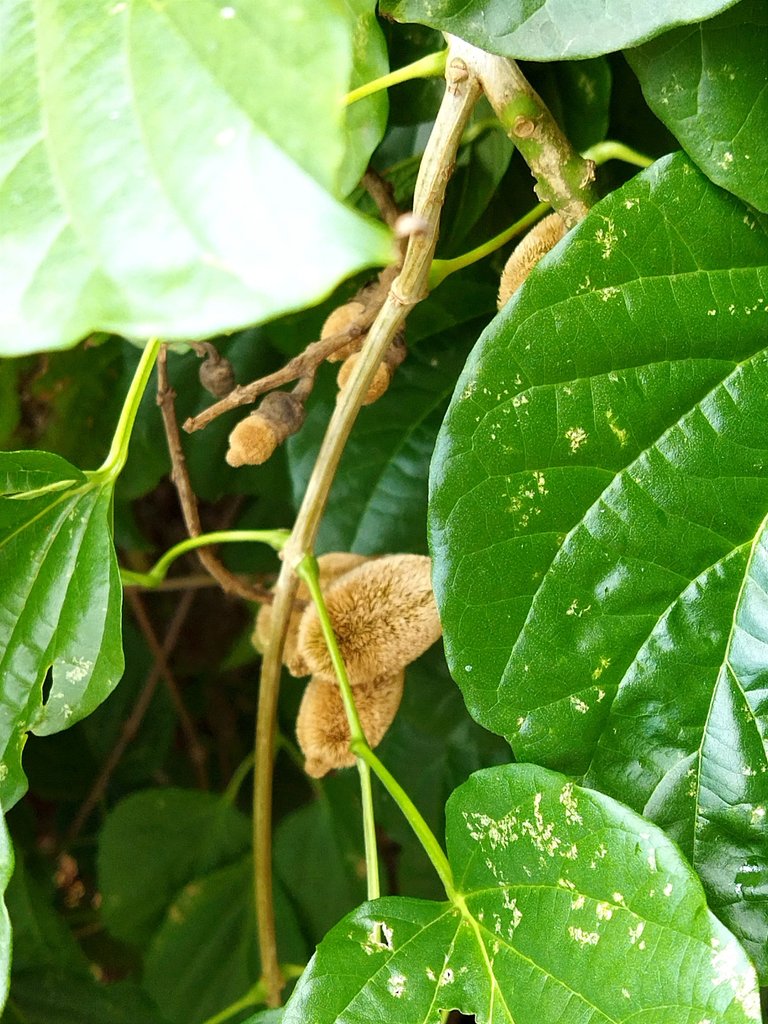
En México, específicamente en la península de Yucatán, y gracias a la leyenda de Xtabay, las madres acostumbraban a peinar a sus hijos con este fruto para garantizar que tuviesen un cabello abundante y sano, esta antigua tradición aún se mantiene y muchas personas siguen usándolo para combatir la caída de cabello y fortalecerlo.
In Mexico, specifically in the Yucatan Peninsula, and thanks to the legend of Xtabay, mothers used to comb their children's hair with this fruit to ensure that they had abundant and healthy hair, this ancient tradition is still maintained and many people continue to use it to combat hair loss and strengthen it.
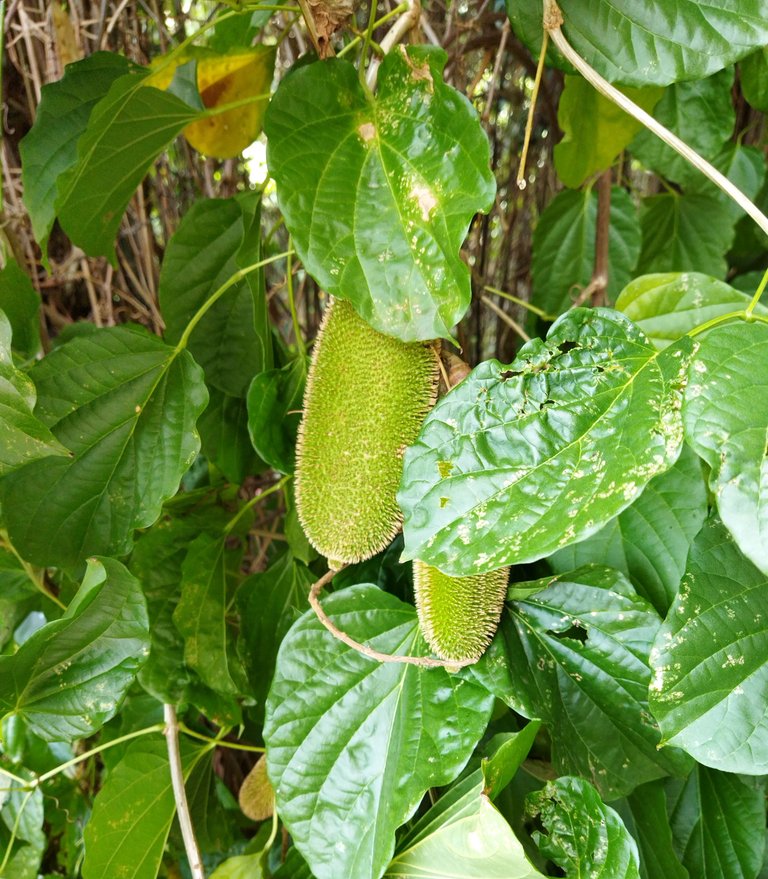
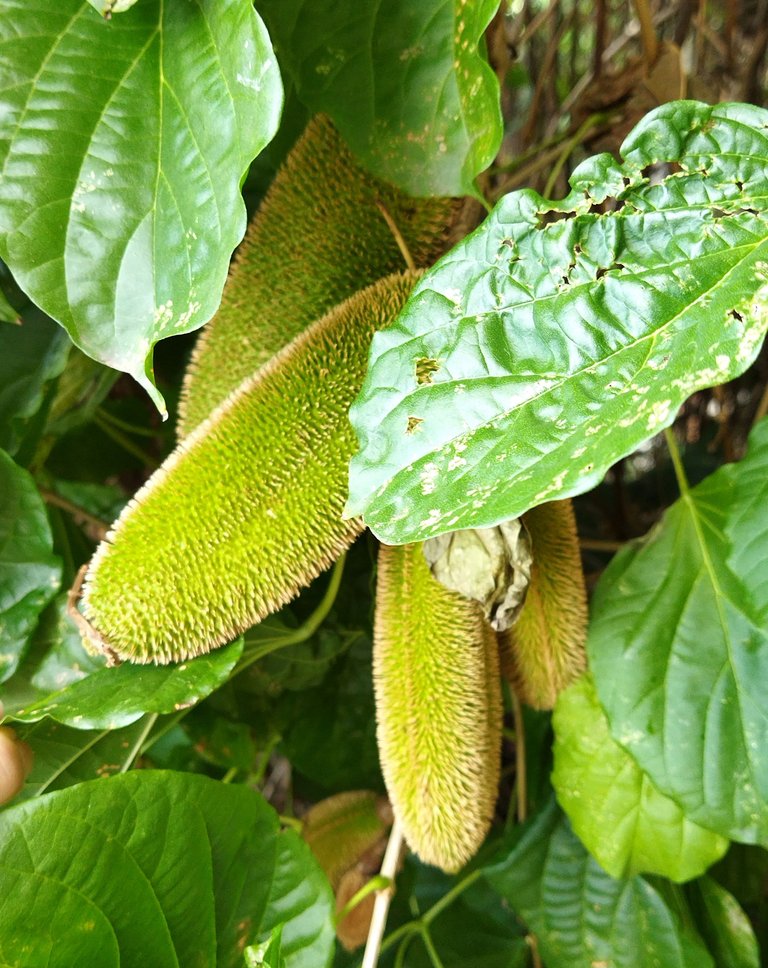
Cuando tomé estas fotos los frutos estaban algo lejos de mi alcance así que no pude agarrar uno para mostrarles su interior, sin embargo, he visto como son por dentro ya que una vez habían caído varios en el estacionamiento pero en ese momento no pensé en tomarles fotos jajaja 🤷🏻♀️, tienen unas hojas blancas muy delgadas, casi transparentes, y en el centro de las mismas está una pequeña semilla, la brisa se las lleva con facilidad y es por eso que se propagan rápidamente.
When I took these photos the fruits were a little out of my reach so I couldn't grab one to show you the inside, however, I have seen what they look like inside since several had once fallen in the parking lot but at that time I didn't think about taking photos of them hahaha 🤷🏻♀️, they have very thin white leaves, almost transparent, and in the center of them is a small seed, the breeze carries them easily and that is why they spread quickly.
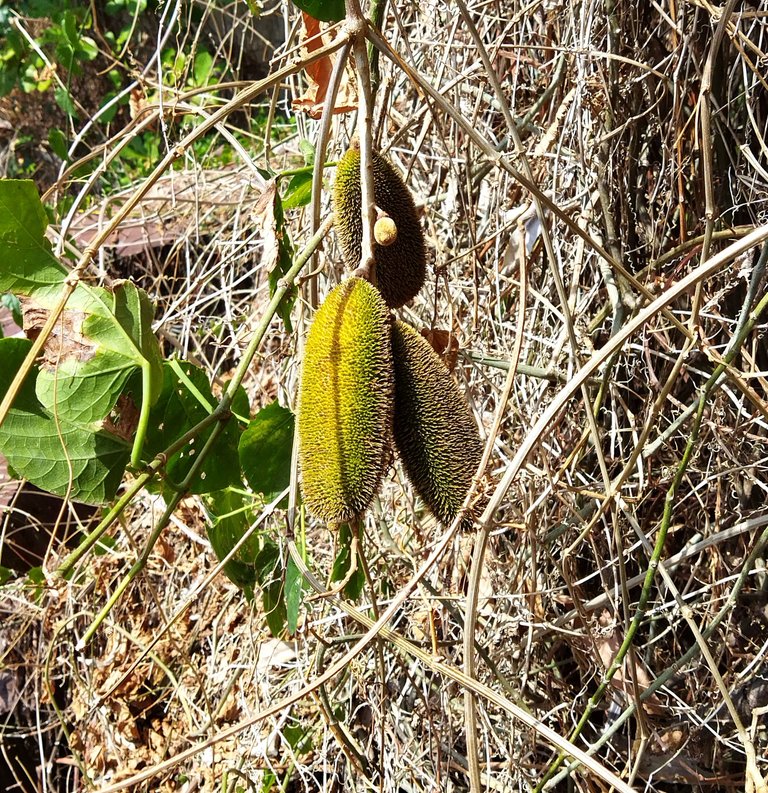
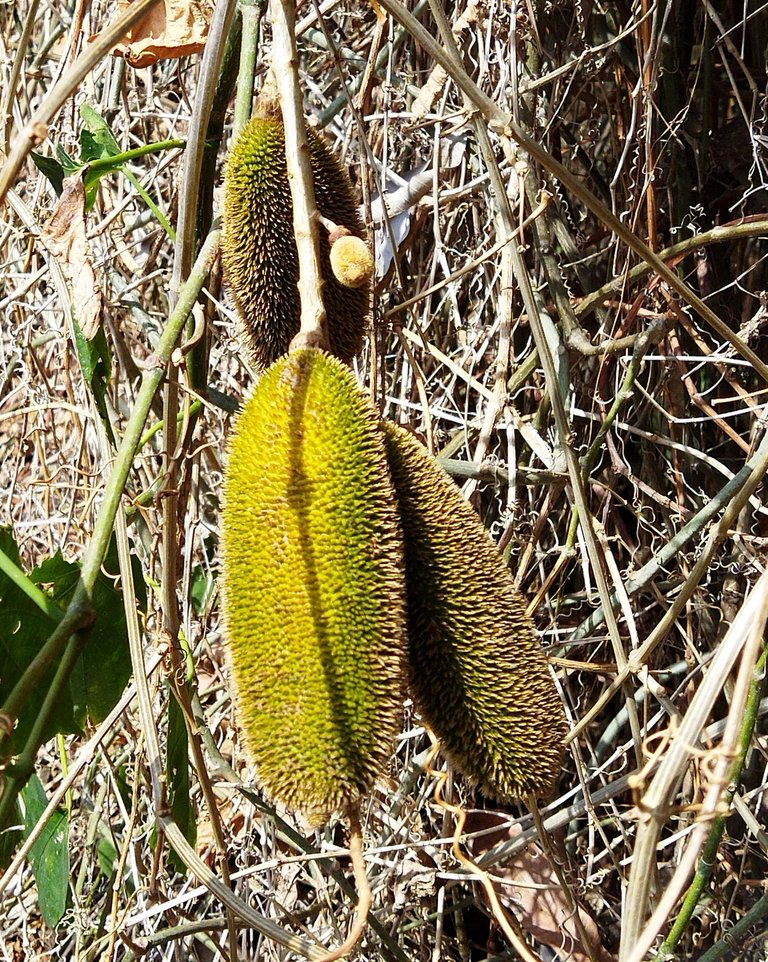
Estaré pendiente cuando vuelvan a salir los frutos para ver si puedo agarrar alguno, y ya que ahora conozco un poquito más sobre este ellos y sus propiedades, a lo mejor hasta guardo uno para peinarme jejeje.
I'll be watching when the fruits come out again to see if I can grab some, and since now I know a little more about them and their properties, maybe I'll even save one to comb my hair hehehe.
¿Conocían esta planta y este extraño fruto? Bueno amigos, espero que mi publicación les haya gustado y les haya enseñado algo nuevo 😊. Muchas gracias por su tiempo. Salud y felicidad infinitas para todos 🌞🍀.
Did you know this plant and this strange fruit? Well friends, I hope you liked my post and it taught you something new 😊. Thank you very much for your time. Infinite health and happiness for everyone 🌞🍀.
Gracias por leer, compartir, apoyar, votar y comentar.
Hasta la próxima.
¡Miau!
Thanks for read, share, vote and comment.
Until next post.
Meow!
An interesting plant species. Unknown to me certainly!... Excellent and informative article!
!discovery 30
!PIZZA
Me alegra habértelo presentado, de seguro en Montalbán hay de estos bejucos. Muchísimas gracias @jlinaresp 😘🤗😺
This post was shared and voted inside the discord by the curators team of discovery-it
Join our Community and follow our Curation Trail
Discovery-it is also a Witness, vote for us here
Delegate to us for passive income. Check our 80% fee-back Program
I appreciate your support, thank you 😺🤗🥰
$PIZZA slices delivered:
@jlinaresp(9/15) tipped @gatubela